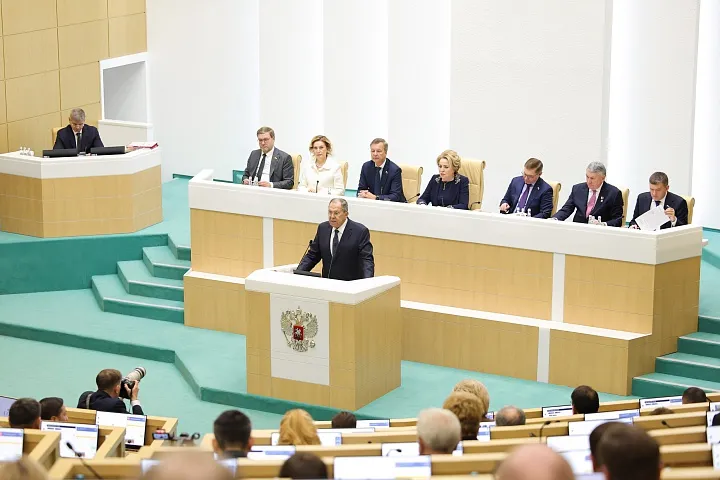Egypt’s “New Delta” Water Treatment Plant in El Hamman went into operation some months ago. According to a wire published June 15 on the website of the Egyptian State Information Service, Egypt celebrated this plant getting the Guinness award for the world’s biggest water treatment plant, with a ceremony attended by Irrigation and Water Resources Minister Hany Sowailem and the President of the Armed Forces Engineering Authority Ahmed El Azazi—the authority that doubled the Suez Canal.
The El Hamman plant actually was awarded several world records titles; it is the largest of its kind in surface area; in capacity, as it spans over 320,600 square meters; in producing 7.5 million m3 of fresh water per day, or 86.8 m3 per second!
Egypt’s challenges are well known: Over 90% of its growing population (109 million) lives on 5% of its territory, mainly the northern fertile Nile Delta. But urbanization is reducing farmland. Egypt is facing a water scarcity crisis and UNICEF says the country will run dry by 2025.
To tackle these challenges, the government decided in 2021, for a cost of $9.7 billion, to build in the northwest of the country a 114 km “artificial river”; i.e., a vast water conveyance system and irrigation program known as the “New Delta” project. The objective, in its second phase, is to irrigate 1.2 million acres (9,200 km2, about the size of Cyprus) of land in the Western Desert, a 25% increase of Egypt’s total cultivated land or an increase of 42% of the Nile Delta. This is the largest irrigation program in Egypt’s history. Crews completed the construction of the plant in 24 months and across 27 million worker hours, successfully navigating the arrival of specialized equipment from manufacturers from 14 countries. Given the extremely remote location and an expansive workforce of 6,500, project leadership established a nearby camp with a wide range of amenities.
The El Hamman $522-million water treatment plant is the key component of a four phase project:
—Recycled agricultural drainage water in the North Delta and polluted waters from Marriout Lake and the Mediterranean Sea coast in Alexandria will first be collected and travel west via a 50 km conveyance system running parallel to the coast, including 26 km of pipes, and 24 km of open channels.


